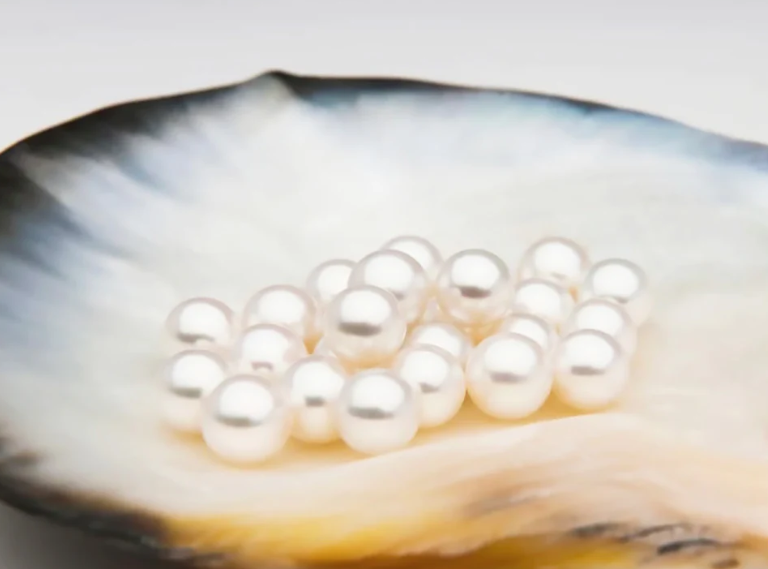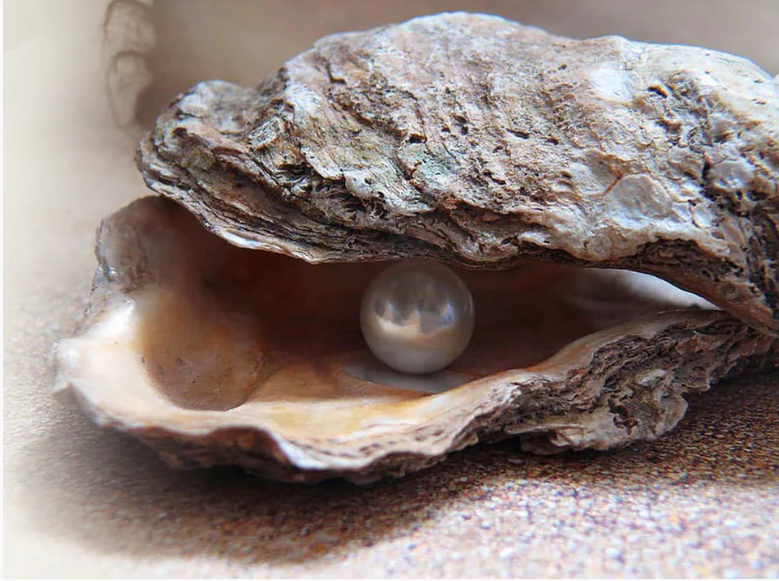Pearls were Prized by Rulers and Royalty
Julius Caesar limited the wearing of pearl jewelry to the rulers of the Roman Empire during the first century B.C. In the glory days of the British Empire, only royalty were allowed to wear these lustrous gems. Until fairly recently, pearls were still worn exclusively by royalty and wealthy nobility, as they were far too expensive for anyone else to afford.
Pearls were Prized by Rulers and Royalty
Tribal Indians, too, believed that pearls were tears of their gods. An Arab legend weaves a tale of dewdrops filled with moonlight that fell into the ocean and were swallowed by oysters, creating the precious pearls. The Gates of Heaven are made of pearl, according to the King James Bible. Pearls were rumored to cure hundreds of ailments. There are many more references to the pearl in works of great literature, and the lustrous jewels are often seen in famous paintings as jewelry, hair decorations and clothing adornments.
Pearls have Always Been Valued and Cherished Throughout History
According to some historical accounts, Native Americans accepted strings of beads in exchange for the island of Manhattan. A few centuries later, in 1916, renowned French jeweler Jacques Cartier acquired land there for his first American store. The price? A strand of natural pearls. This long and storied past only adds to the appeal of the incomparable pearl, cherished today as a traditional wedding gift, a birthstone, and in jewelry that reflects taste and refinement.


